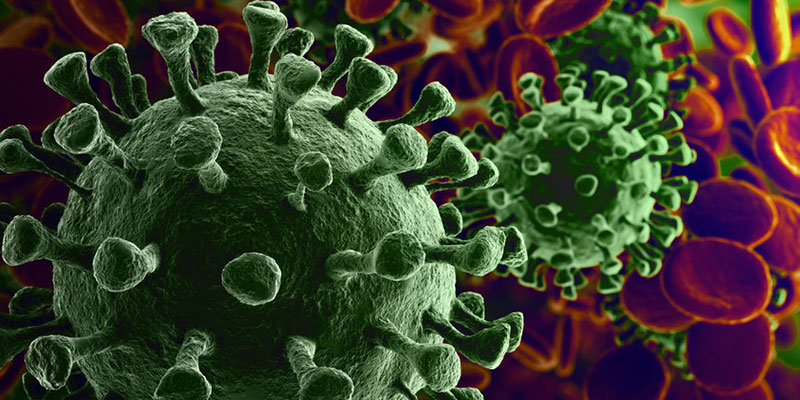Sequencing of wastewater samples suggests the omicron variant may have arrived in New York City by November 21, four days before the first cases were reported in South Africa.
Testing wastewater for viruses can yield an unbiased epidemiological snapshot of an entire community
Since early in the pandemic, wastewater-based epidemiology (WBE), also known as sewershed surveillance, has been used to track COVID-19. It’s a technique that detects chemicals or pathogens in a population by monitoring municipal wastewater, and it has a distinct advantage over individual testing in that it isn’t subject to the same sampling bias. Nearly everyone contributes daily samples.
SARS-CoV-2 RNA can be detected in human waste a few days to a week before the onset of symptoms. In fact, with the recent omicron outbreak, we’re seeing that WBE has detected the variant’s arrival significantly before public health officials became aware of its presence. It’s also helping epidemiologists predict the course of current outbreaks.
Omicron Arrived Long Before Detection
Sequencing of wastewater samples suggests the omicron variant may have arrived in New York City by November 21. That’s four days before scientists announced the first cases of omicron in South Africa, where the variant was first reported, and a full 10 days before the first reported case in the United States.
Knowing that an outbreak is coming can help public health officials and medical centers prepare. However, with the study in New York, there was a lag between the wastewater sample collection and the return of clinical sequencing results, which came back too late to act as an advance warning.
On the other hand, researchers in Texas, California, and Colorado were among the first to report omicron in the U.S. around the same time omicron was making its way into New York’s sewers.
To make WBE a more useful early warning tool, the California researchers increased testing intervals and used the quicker polymerase chain reaction (PCR) testing method to shorten turnaround time for results. The testing program in California can also identify omicron RNA in wastewater even if only one or two of 100,000 people served by the sewer system are infected.
Within weeks of the intital detections, omicron RNA had been detected in wastewater samples from Missouri, Florida, Idaho, Kentucky, and Vermont. In less than a month, omicron had spread to every state.
Predicting Outbreaks and Surges With Wastewater-Based Epidemiology
WBE can serve not only as an inexpensive early warning system to identify new outbreaks, but it can also track trends, surges, and infection prevalence during ongoing outbreaks.
By mid-January of 2022, WBE data was showing omicron on the decline in many large cities, while it continued to increase in many smaller communities. Omicron variant RNA was on the decline in the Boston area, New York City, Denver, San Diego, and Saint Paul, among other cities, while levels in Ohio, Utah, Florida, and much of rural Missouri were still spiking.
Amy Kirby, program lead of the National Wastewater Surveillance System, explained:
Wastewater surveillance is a really powerful tool, and we’re seeing really a good example of that with Omicron. It’s not just an early warning sign, but it’s also helpful to monitor the full trajectory of a surge.
Yet U.S. WBE programs still remain widely dispersed and lack coordination, and no centralized public dashboard exists to collect and display nationwide wastewater data.
Experts point to the Netherlands’ national wastewater surveillance system and public dashboard as a model to emulate moving forward. With samples taken at more than 300 wastewater treatment plants across the country, localized outbreaks can be detected early. This approach can lead to better decision-making as new variants emerge.

